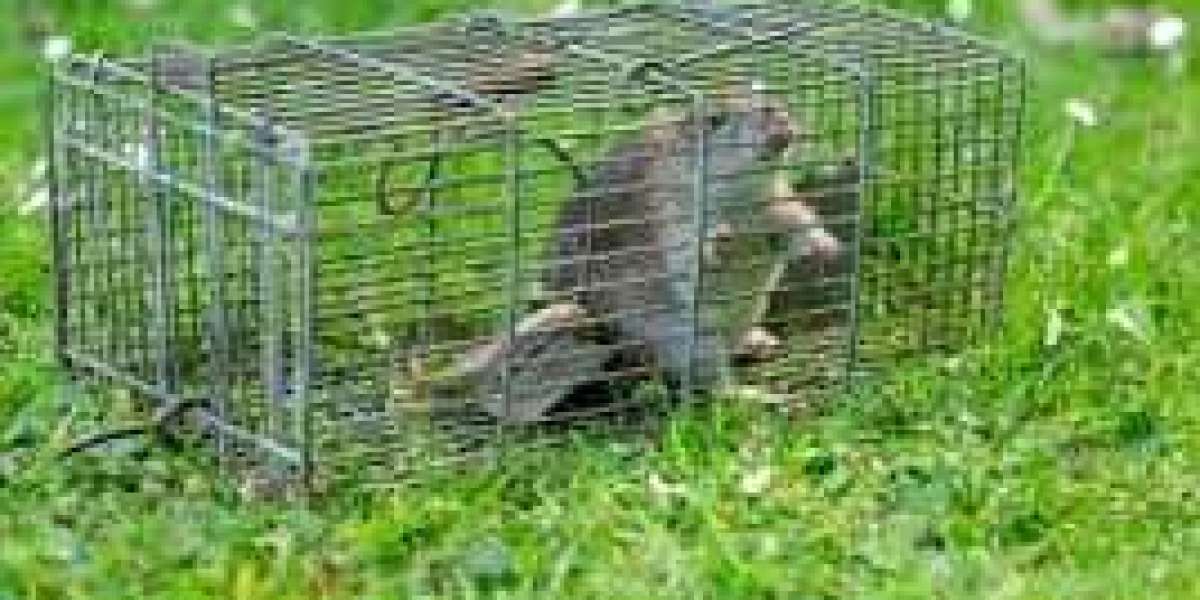Pests are a universal problem, but in urban environments, they pose a particularly unique challenge. From rodents scurrying through subways to bed bugs invading apartment complexes, city dwellers are no strangers to these unwelcome guests. However, managing pests effectively requires a blend of knowledge, vigilance, and professional intervention. This guide delves into the most pressing urban pest control issues and provides actionable insights for homeowners and property managers alike.
Understanding the Urban Pest Problem
Cities are bustling ecosystems, not just for humans but also for pests. The high concentration of people, food sources, and shelter opportunities make urban areas ideal breeding grounds for these creatures. Common urban pests include rodents, cockroaches, bed bugs, and ants. Each poses unique risks ranging from health hazards to property damage, underscoring the need for effective pest management strategies.
Why Pests Thrive in Cities
Dense Population: With so many people in close quarters, pests have access to a continuous supply of food and shelter.
Climatic Factors: Urban heat islands create warmer microclimates, allowing pests to thrive year-round.
Waste Accumulation: Improperly managed garbage serves as an open buffet for pests, particularly rodents and cockroaches.
Structural Vulnerabilities: Older buildings with cracks, leaks, and poorly maintained infrastructures provide easy entry points for pests.
Signs of a Pest Infestation
Early detection is critical in preventing a minor pest issue from escalating into a full-blown infestation. Common signs include:
Droppings: Rodent droppings and cockroach feces are telltale signs of an active infestation.
Unusual Noises: Scratching sounds in walls or ceilings often indicate the presence of rodents.
Damage to Property: Gnawed wires, chewed furniture, and torn food packaging are signs of rodent activity.
Physical Sightings: Spotting pests during the day usually indicates a severe infestation, as most are nocturnal.
Preventative Measures for Urban Pest Control
The best way to deal with pests is to prevent them from entering your home in the first place. Here are some proactive steps:
Seal Entry Points
Inspect your home for cracks, holes, and gaps in doors and windows. Use caulk or weather stripping to seal these openings. This simple step can significantly reduce the chances of pests infiltrating your space.
Maintain Cleanliness
Pests are attracted to food and clutter. Regularly clean your home, store food in airtight containers, and promptly dispose of garbage to minimize their access to sustenance.
Address Moisture Issues
Many pests, like cockroaches and termites, thrive in moist environments. Fix leaking pipes, ensure proper ventilation, and use dehumidifiers in damp areas.
Professional Pest Control
While DIY methods can help, professional pest control services offer more comprehensive solutions. Specialists are trained to identify the root cause of infestations and implement targeted treatments to eradicate pests effectively. If you’re in Queens and facing rodent issues, consulting a rat exterminator queens expert can save you significant time and effort.
The Bed Bug Epidemic in Urban Areas
Bed bugs have emerged as one of the most stubborn pests in cities, thanks to their resilience and rapid reproduction rates. These tiny insects feed on human blood and are notorious for their ability to hide in crevices, making them exceptionally difficult to eliminate.
Why Bed Bugs Are a Growing Problem
Increased Travel: The mobility of urban residents facilitates the spread of bed bugs, as they often hitchhike in luggage and clothing.
Resistance to Insecticides: Over time, bed bugs have developed resistance to common pesticides, complicating eradication efforts.
High Population Density: Apartments and shared living spaces provide an ideal environment for bed bugs to spread quickly.
Identifying a Bed Bug Infestation
Early identification is crucial to preventing a widespread infestation. Key indicators include:
Bite Marks: Red, itchy welts often appearing in a line or cluster.
Blood Stains: Small, rust-colored spots on bed linens or mattresses.
Shedding Skins: Bed bugs shed their exoskeletons as they grow, leaving behind translucent shells.
Foul Odor: A musty, sweet smell often accompanies severe infestations.
Treatment and Prevention of Bed Bugs
DIY Measures
If the infestation is minor, washing infested items in hot water and vacuuming thoroughly can help. However, DIY methods often fall short for severe cases.
Professional Intervention
Given their elusive nature, bed bugs are best handled by professionals. Extermination typically involves heat treatments, insecticides, and follow-up inspections to ensure complete eradication. Residents in Manhattan facing this issue should consider reaching out to a bed bug exterminator manhattan specialist for effective solutions.
Prevention Tips
Inspect Second-Hand Furniture: Thoroughly examine used furniture and clothing before bringing them into your home.
Reduce Clutter: Minimizing clutter reduces hiding spots for bed bugs.
Use Protective Covers: Encase mattresses and box springs in bed bug-proof covers to prevent infestations.
The Importance of Integrated Pest Management (IPM)
Integrated Pest Management is a holistic approach to pest control that combines multiple strategies to minimize risks to people and the environment. IPM emphasizes:
Inspection and Monitoring: Regularly inspect your property to detect early signs of infestation.
Cultural Practices: Promote cleanliness and proper waste management to deter pests.
Biological Controls: Introduce natural predators or use microbial pesticides to target specific pests.
Chemical Treatments: Use pesticides judiciously and only as a last resort to minimize environmental impact.
Conclusion
Urban pest control is a continuous battle requiring awareness, preventive measures, and professional expertise. By understanding the habits and vulnerabilities of common pests, you can take proactive steps to safeguard your home. Whether dealing with rodents in Queens or bed bugs in Manhattan, investing in professional services and adopting a comprehensive pest management strategy will ensure a healthier, pest-free living environment.


